Whether you have had them, hunted for them, or only heard of them it is no secret that morel mushrooms are a popular and highly sought-after delicacy. When it comes to morels, the biggest secret lies in the location of the prized hunting ground for those professionals who go out seeking them every spring.
The reputation of morel mushrooms is one of elusiveness and deliciousness. Since they are so hard to find people hold them in high regard, making them expensive to buy and difficult to share. They are typically reserved for fancy meals and can be found served only at the fanciest restaurants. They have a distinct flavor, texture, and appearance that is loved by many yet loathed by others. So, unless you are one of the lucky few who lives in a place and knows the location of these popular fungi, you may never get the pleasure of really experiencing a morel mushroom.
But we are here to give you some tips and pointers on how and what to look for when you decide to take on your first morel hunting excursion.
What do morels look like?
Just as they are difficult to find, describing what a morel mushroom looks like can also be quite difficult. Their appearance greatly varies in color, shape, and size. However, there is some consistency in the appearance of their cap, interior, and stem.
To identify a morel, you will first want to find the honeycomb pattern that makes up the exterior of the cap. This pattern can be tight or loose but is typically irregular and appears very ridged or bumpy. The inward bumps and pattern have led many to say that it resembles a pitted brain.
Caps are attached to the stem at the base. This varies from many mushrooms in which the stem is attached to the inner middle leaving the base hanging free. Another distinguishing characteristic of a morel is their hollow interior that runs the entire length of the stem and cap. This hollow form makes them extremely fragile and easy to crush if you’re not careful where you step.
The size of the cap on morel mushrooms can vary from as small as nut to as large as your fist. They can be cone-shaped, bulbous, oblong, or the shape of an egg. They average anywhere from 2 to 7 centimeters in diameter. Colors of these mushrooms vary greatly from somewhat white, to yellow or blonde, light or dark brown, and gray. Most hunters believe these colors vary depending on your location and growing conditions. However, their inconsistent shape, size and color does not affect their flavor.
Where do I find morel mushrooms?
Contradictory to popular opinion, morel mushrooms are not found solely in the mid-west. They can in fact be found in almost any part of the U.S. and even in other countries especially Canada, Europe, and Asia. The mid-west has gained a reputation as a great place to search for mushrooms because it does have such a distinct start to spring which is when morels are most often found in abundance.
Hunting for morel mushrooms is a science and can often be a frustrating task as many will look, but not everyone will find. Morels are extremely skilled at hiding and are very picky about their growing conditions. Veteran hunters may find buckets-full in their favorite spot one year but only a handful the next. Their growth is easily affected by temperature, sun exposure, rainfall amount, and elevation.
The best place to look for morels is in pastures, orchards, but especially wooded areas with many trees. Morels grow best near trees because they have a relationship with them that supports their growth and root system. Those new to hunting should note that the best trees to find morels cozying up to are elm, ash, hickory, and sycamore trees. Apple orchards are also a great location as morels also play favorites to fruit trees.
If you live in a particularly rugged or hilly terrain or in the mountains, morels can typically first be spotted on slopes that face west or south. These are the hillsides that get the sun the quickest in spring so soil is warmer to promote growth.
Not particularly fond of nature? You can still enjoy these scrumptious morsels without ever setting foot outdoors. Many farmer’s markets and high-end grocery stores will carry fresh morels during mid-late spring. They can be purchased by the pound but be ready to pay a pretty penny, usually around $30-$50 per pound.
Fresh mushrooms need to be consumed within a week of harvesting so they will disappear quickly. Dried morels can also be purchased but are often more expensive and do not taste as good. If you’re lucky you may also find morels on the menu at some high-end restaurants.
What are the best growing conditions for morels?
Timing and proper conditions are everything when it comes to finding morels. Ask anyone who is a seasoned hunter and they will tell you that the two most important aspects of the season to consider are temperature and moisture.
Ideally you want to wait until the spring temperatures have consistently reached 50 degrees. Now don’t think that just because you have one 50-degree day that the mushrooms wills start popping. Preferably it stays 50 or above throughout the day and night for several days in a row. This will also bring the soil temperature up to 50 and make growing conditions more ideal.
Along with the right air and soil temperature, you also need consistent moisture. Morels need wet conditions to grow, but not too wet. Snowy winters and wet, rainy springs are the most ideal for mushroom growth. A couple of rainy nights coupled with 50 or above temps are sure to get the growth going. While morels like moist conditions from spring rain showers they don’t like to sit in water. So, steer clear of areas where water is standing or unable to drain well.
Other conditions that add to the growth rate of morels is in fields or forests where there have been recent wildfire burns or clear cuts have been made in trees. Dug up or disturbed soil can also be grounds for a morel boom.
When should I start looking for morels?
Just like their appearance, the timing for looking for morels varies greatly and depends significantly on your location. Many people believe these mushrooms grow best in the Midwest to the south, however it is possible to find them almost anywhere including Canada, the west Coast, and even in the mountains.
They are one of a small number of mushroom species that appear in the Spring. They become more prevalent as temperatures rise and trees begin to show their buds. Hunters in Canada can start to find morels as early as April while some areas do not start seeing them pop until May. Their growing season only lasts about 3 weeks, and will all depend on when spring starts in your area.
How do I prepare morels?
As we mentioned before, morel mushrooms are highly sought after mainly because they are so delicious to eat. However, there are those naysayers who will tell you they are disgusting. One of the things that makes them so much better than most mushrooms people consume is their deep nutty and woodsy flavor. They have a meaty texture making them unique from the typical slimy and slippery consistency of more common mushrooms.
Morels do need to be cooked before consumption as they do not taste great at all when eaten raw and have been known to cause digestive issues when uncooked. Most seasoned hunters will tell you that the most faultless way to prepare morels is to simply sauté them in butter, possibly with just a hint of salt.
When it comes to using these mushrooms in your culinary adventures, the possibilities really are endless. From stuffing, to breading, baking them or frying them, seasoning them or not, everyone seems to have a personal preference. They can also be used in noodle dishes with vegetables, in soups, or in dips or sauces.
Check out this list of some basic recipes for preparing your morel crop.
- Simple Fried Morel Mushrooms from allrecipes.com
- Sautéed Morel Mushrooms from seriouseats.com
- Mixed Mushroom Pizza from midwestliving.com
- Morel Risotto from myrecipes.com
- Cream of Wild Mushroom Soup from simplyrecipes.com
- Stuffed Morel Mushrooms from allrecipes.com
- Mushroom, Asparagus, and Tofu Quiche from midwestliving.com

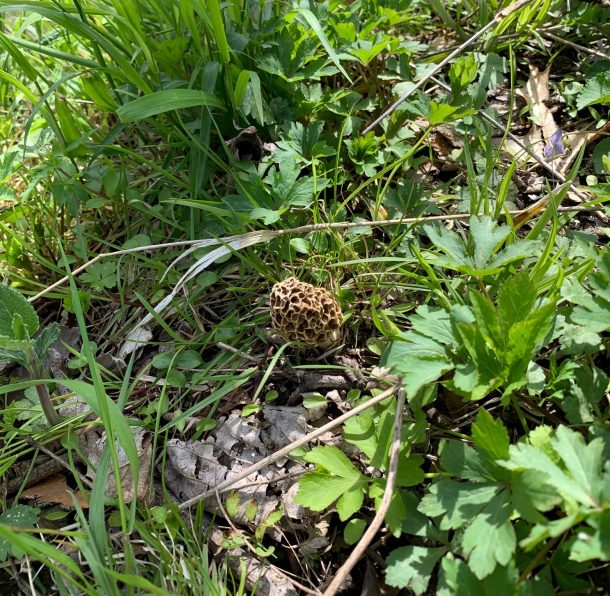
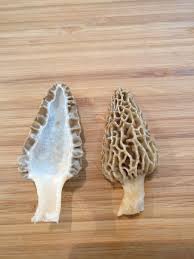
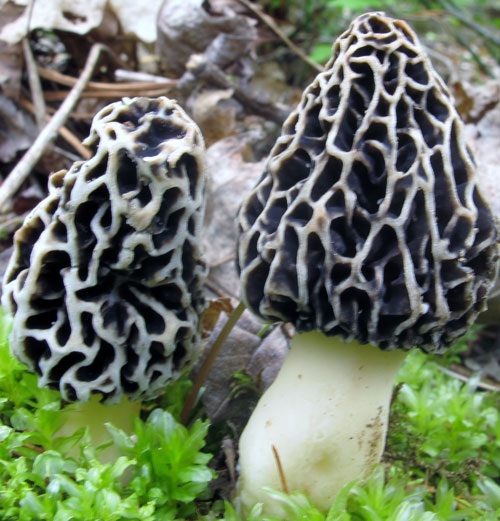
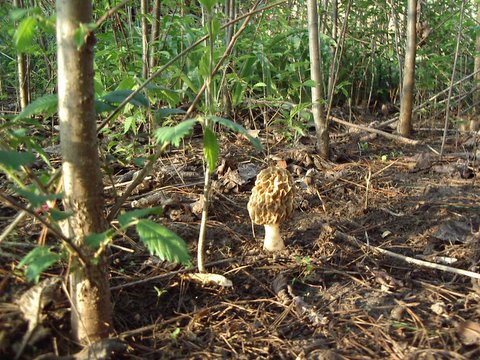

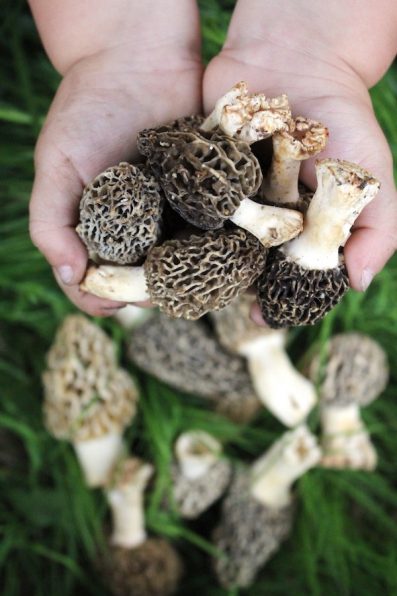

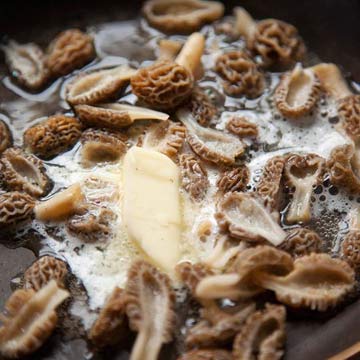
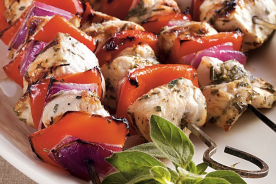
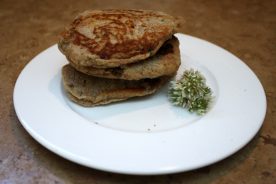


No Comments